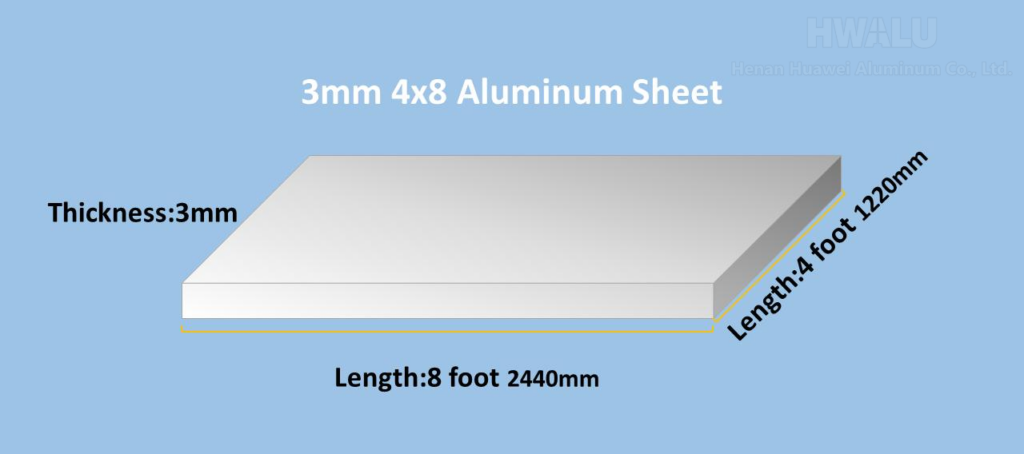With the development of society and economy, the core of the development of the automobile industry is placed on energy and the environment. Automobile lightweight technology is one of the important measures to achieve energy saving and emission reduction, which is of great significance to the sustainable development of the automobile industry. The use of lightweight materials is the most simple and effective way to reduce the weight of automobiles. Deshalb, aluminum alloys have become the preferred materials for lightweight automobiles due to their high specific strength, gute Korrosionsbeständigkeit, formability and weldability. one. Relevant studies have shown that every 1% reduction in body mass can save at least 0.6% in fuel consumption during driving. Every 1kg of aluminum used in a car can reduce exhaust emissions by 20kg over the entire service life of the car.
Based on the background of automobile development, aluminum alloy materials can be used as the preferred material for the lightweight development of automobiles, and will also be one of the main materials for future automobile development. Aluminum alloy materials have the characteristics of low density (about 1/3 of steel materials), high specific strength, excellent corrosion resistance, easy processing and forming, and easy recycling.
After a long period of development, the most common aluminum alloy sheets for automobile bodies are 2××× (Al-Cu-Mg) Serie, 5××× (Al-Mg) Serie, 6××× (Al-Mg) series -Si)-based alloys and 7×××(Al-Zn-Mg-Cu)-based aluminum alloys. The commonly used wrought aluminum alloys are rarely used in automotive structural parts due to their strength limitations. The alloys that can be strengthened by heat treatment are 2×××, 6××× and 7××× series alloys, while 5××× The alloy belongs to the non-heat-treatable strengthening alloy. Based on production experience, Huawei Alu predicts the future direction of research and development of aluminum alloys in vehicles.
Application of 2000 Series Aluminum Alloys in Automobile Body
2××× series aluminum alloys contain Cu and Mg as the main alloying elements, and are alloys that can be strengthened by heat treatment. The following table shows the main alloy grades and related element composition ranges of 2××× series aluminum alloys for vehicles.
Common grades and components of 2000 series aluminum alloy automotive sheets (%)
| Legierung | Cu | mg | Zn | Mn | Kr | Von | Fe | Und | Al |
| Al 2008 | 0.70-1.10 | 0.24-0.5 | 0.30 | 0.30 | 0.10 | 0.10 | 0.40 | 0.5-0.8 | Verblieben |
| Al 2010 | 0.7-1.3 | 0.4-1.0 | 0.30 | 0.1-0.4 | 0.15 | 0.01 | 0.50 | 0.50 | Verblieben |
| Al 2036 | 2.1-3.0 | 0.3-0.6 | 0.250 | 0.1-0.4 | 0.10 | 0.15 | 0.50 | 0.50 | Verblieben |
2××× series aluminum alloy has good formability and can be used as the main material of automobile outer panel parts such as cab and car cover. The elongation and uniform elongation of the 2××× series alloys are all good, and also have good n (tensile strain hardening index), r (plastic strain ratio) and cupping value (measured by cupping experiment The depth of the punch when the specimen is just broken), the higher the n value, the more uniform the material deformation, the better the auxetic performance; the larger the r value, the stronger the ability to resist the thickness deformation of the sheet, the better the drawing performance; the cup The larger the protrusion value is, the larger the punching depth is, and the better the drawing formability is. The data indicate that the alloy has good formability.
Formability of 2000 Series Aluminum Alloys
| Aluminiumlegierung | Tensile Strain Hardening Index | Plastic strain ratio | Cupping value/mm | Uniform elongation% | Elongation at break% |
| 2002-T4 | 0.25 | 0.63 | 9.60 | 20 | 26 |
| 2117-T4 | 0.25 | 0.59 | 9.60 | 20 | 25 |
| 2036-T4 | 0.23 | 0.75 | 9.10 | 20 | 24 |
| 2037-T4 | 0.24 | 0.70 | 9.40 | 20 | 23 |




